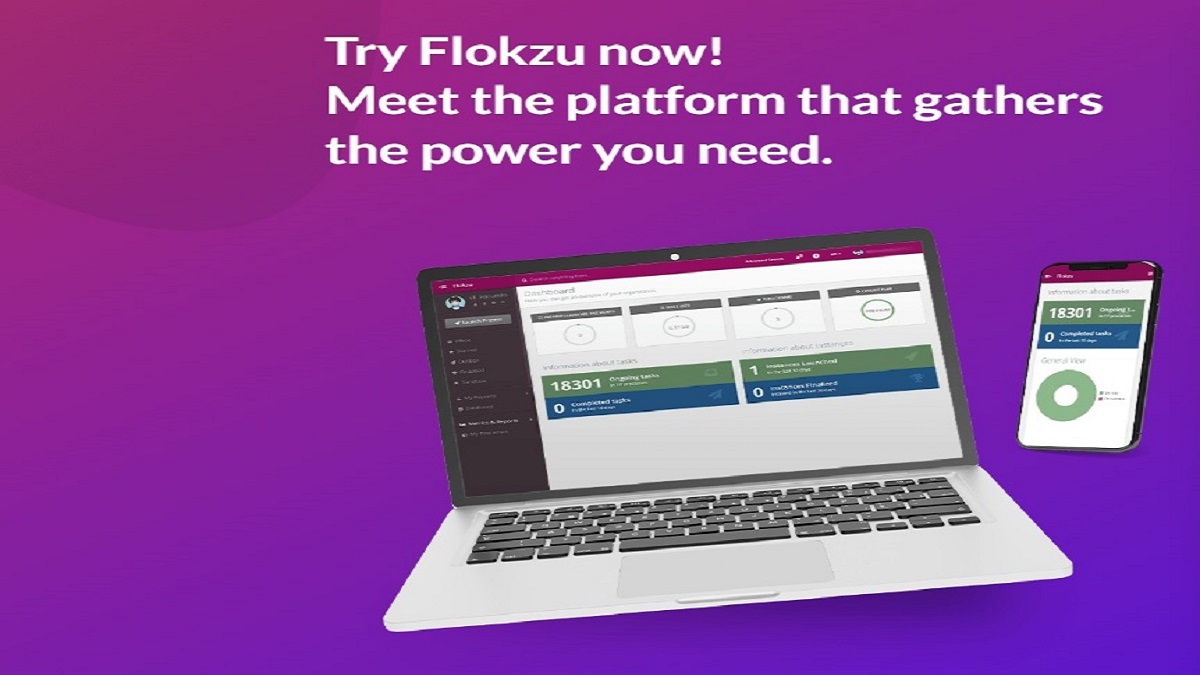
Business process automation or commonly called Automation Process is the application of technology to manual, repetitive operations to free up staff time for more important work.
Automating corporate procedures reduces expenses, boosts productivity, and simplifies procedures of all complexity levels. Business process management, a more comprehensive subject that involves the administration of complex institution processes utilizing various approaches, should not be mixed. up with the automation business process
Primary Components Of Business Process Automation
The three primary components of automation process are as follows:
# Streamlines procedures
# Improves transparency and centralizes information.
# Reduces the need for face-to-face communication while encouraging information exchange across the entire organization with the appropriate stakeholders.
Business Automation Process: Types
We have only begun to explore Automation Process’s potential. You may help your teams in various ways by using the software. Here are some examples of how BPA might be put into practice:
# To compile and control data files.
# To program repeating actions.
# To join and combine sources of data and services.
# Develop applications that revolutionize your business.
How To Automate Business Processes?
The following given are certain steps that will help you in understanding how to implement the Automation Process effectively.
1. Find tasks that should be automated
# To find such tasks that could be automated inside your business.
# Use a flow chart.
2. Layout Your Business Goals
# What is your present objective?
# How might automation be useful?
# How will you assess your progress?
3. Choose the Proper Tool
# To choose the best tool, you must confirm that it is: Simple to use and comprehend, Take Flokzu.com as an example. Both flexibility and scalability are required. It interacts with the current tool stack; to function seamlessly with the data your company already maintains, we ensure the application can request other tools.
#Centrally storing and protecting information will make it easier for anyone who requires access to conclude and take advantage of how the system functions.
4. Change Administration
# Set up training sessions and webinars for personnel, particularly for employees who will be using the technology daily.
# Develop a flexible culture.
# Engage your group.
# Organize training seminars to provide ongoing education.
5. Track and Measure
# These tools aren’t supposed to be static; rather, they evolve together with your company.
# Observe KPIs with them and make appropriate adjustments.

